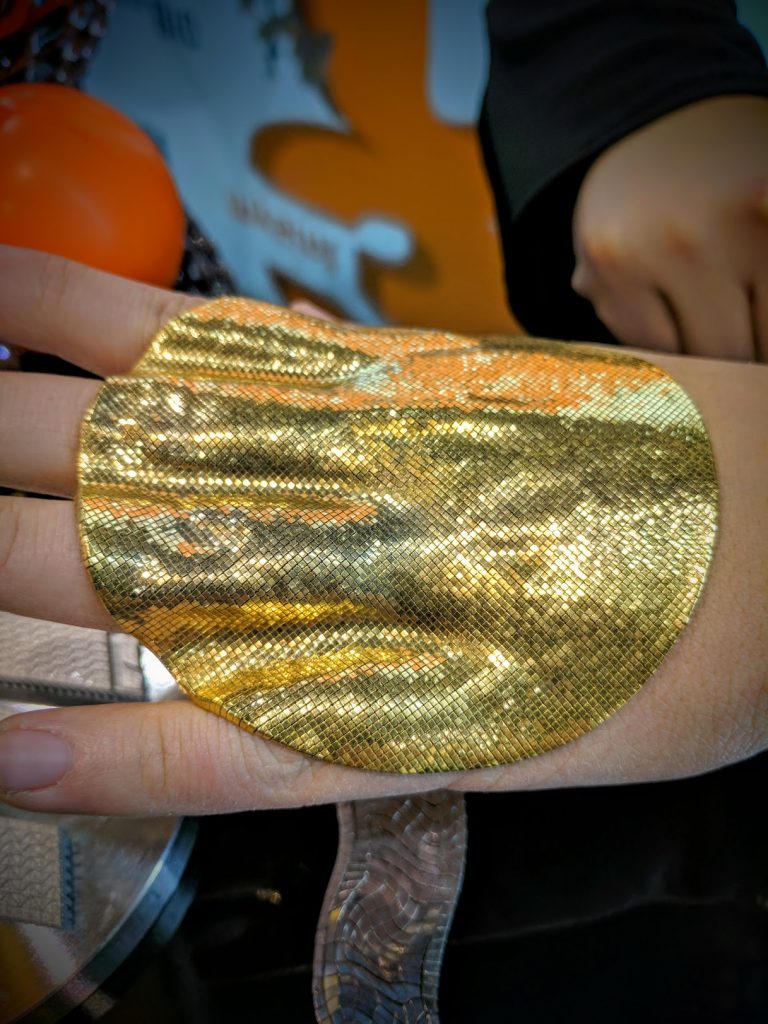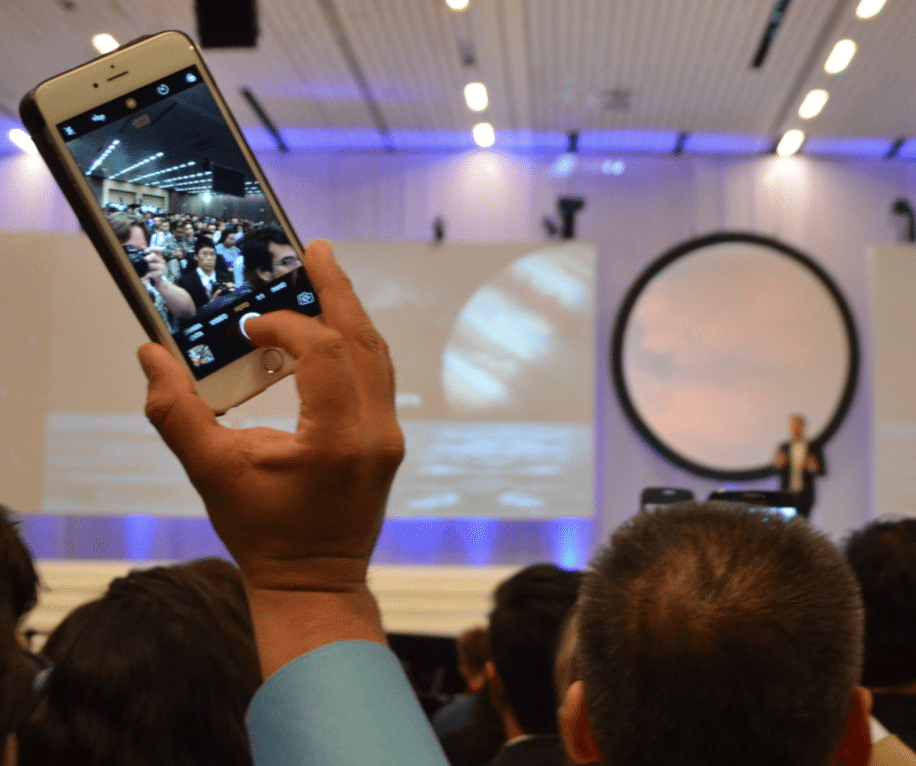Raul Polit-Casillas, a systems engineer at NASA’s Jet Propulsion Laboratory in Pasadena, California, has described how 3D printing is in use to make advanced woven metal fabrics for use in space.
Polit-Casillas and colleagues have made several prototypes, which at first glance look like chain mail, the 3D prints will be familiar to anyone who has attended an additive manufacturing expo given their resemblance to demonstration 3D prints frequently seen at shows.

Rather than using the term 3D printed, Polit-Casillas says, “We call it ‘4-D printing’ because we can print both the geometry and the function of these materials.” The engineers adds, “If 20th Century manufacturing was driven by mass production, then this is the mass production of functions.”
Potential for meteorite shield and offworld exploration
The NASA engineer says that 3D printed fabrics could be used by the space agency for large antennas or other deployable devices. This is because of the foldable and potential to rapidly change shape. An announcement by the JPL describes further potential use cases,
The fabrics could also eventually be used to shield a spacecraft from meteorites, for astronaut spacesuits, or for capturing objects on the surface of another planet. One potential use might be for an icy moon like Jupiter’s Europa, where these fabrics could insulate the spacecraft. At the same time, this flexible material could fold over uneven terrain, creating “feet” that won’t melt the ice under them.
Andrew Shapiro-Scharlotta, also from NASA’s JPL, said, “We are just scratching the surface of what’s possible. The use of organic and non-linear shapes at no additional costs to fabrication will lead to more efficient mechanical designs.”
Elon Musk and SpaceX
NASA say that the 3D printed space fabrics serve four functions, reflectivity, passive heat management, foldability and tensile strength.
One side of the fabric reflects light, while the other absorbs it, acting as a means of thermal control. It can fold in many different ways and adapt to shapes while still being able to sustain the force of pulling on it.
Polit-Casillas is also the founder of JPL’s Atelier, rapid prototyping workshop.

As previously reported by 3D Printing Industry, additive manufacturing has potential for the construction of buildings on the lunar surface, or even Mars. Also, we attended the International Astronautical Congress to hear from Elon Musk about how SpaceX are using 3D printing.
For all the latest 3D printing news, subscribe to our free newsletter here and follow our active social media accounts.
Also, don’t forget that 3D Printing Industry readers can vote now in the 1st Annual 3D Printing Industry Awards where NASA are nominated for the Juno project.
Featured image shows NASA’s 3D printed space fabric. Photo via NASA.


